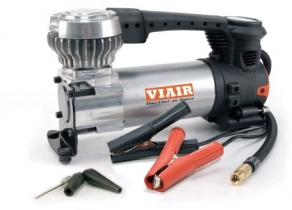-
Welcome to Tacoma World!
You are currently viewing as a guest! To get full-access, you need to register for a FREE account.
As a registered member, you’ll be able to:- Participate in all Tacoma discussion topics
- Communicate privately with other Tacoma owners from around the world
- Post your own photos in our Members Gallery
- Access all special features of the site
Are kings/Icon/Fox really worth it?
Discussion in 'Suspension' started by Humboldt_Homie, Mar 2, 2017.
Page 2 of 7
Page 2 of 7


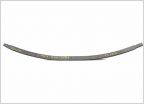 ARB OME BP-51 shocks pricing
ARB OME BP-51 shocks pricing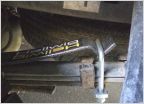 Hellwig 979 Helper Spring Install - 2013 Tacoma TRD Sport
Hellwig 979 Helper Spring Install - 2013 Tacoma TRD Sport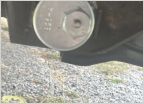 Is this an inexperienced alignment guy?
Is this an inexperienced alignment guy?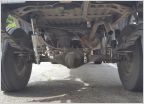 1st gen rear 2.5" options
1st gen rear 2.5" options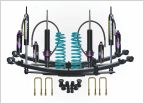 Dobinsons MRR Suspension Kit - Guidance Needed
Dobinsons MRR Suspension Kit - Guidance Needed


















